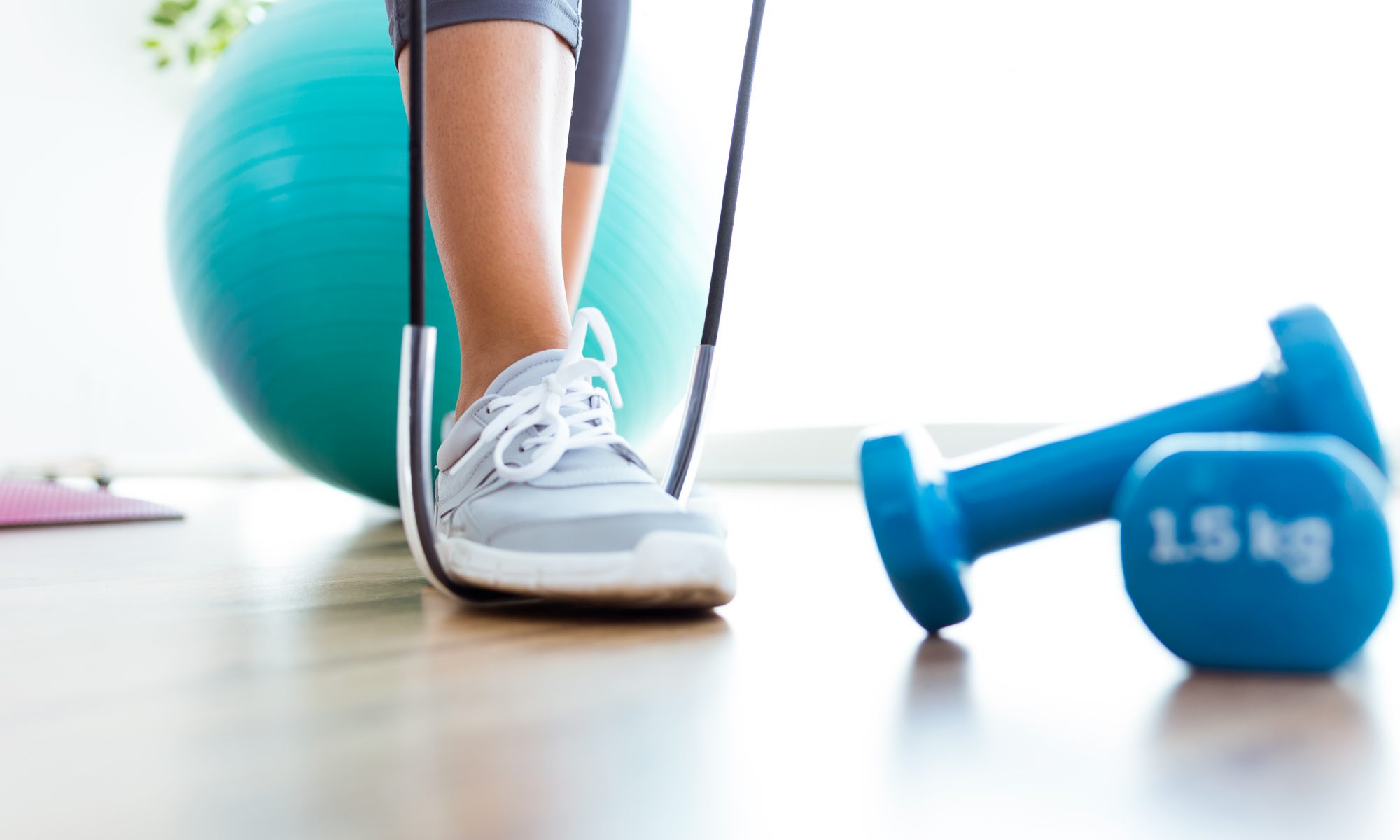Exercising with endometriosis:
Endometriosis is a chronic condition that affects roughly 1 in 7 Australian women and is a gynecological condition where endometrial-like tissue grows outside the uterine cavity, usually around the pelvis. While there is currently no known cause for endometriosis, oestrogen is a key driver of endometriosis tissue growth. Endometriosis can cause a variety of painful symptoms for women including:
- Pelvic pain
- Dysmenorrhea,
- Inflammation
- bloating
- Cramping
Symptoms vary from person to person, so it can be quite tricky to correctly diagnose endometriosis. Diagnosis for endometriosis is often through laparoscopic surgery to remove endometriosis lesions.
Regular physical activity can have protective effects, as exercise causes an increase of the anti-inflammatory markers within the body, and acts to reduce oestrogen levels. There are no specific guidelines for exercise for endometriosis, with exercise being prescribed to assist with symptom management, rather than as an actual treatment for the condition itself.
Moderate intensity exercise with a gradual progression is advised, with activities such as walking, yoga and pilates being useful for assisting with pain associated with endometriosis. The pain and discomfort associated with endometriosis can cause a guarding mechanism to protect itself from pain; which can impact on the pelvic floor, abdominal wall and hip flexors.
Some exercises to avoid in a flare up:
- High intensity exercises
- High intensity abdominal exercises (IE: Crunches)
Again, this is dependent on the person and their level of pain, but regular exercise has been shown to be effective as part of endometriosis management.
Source: Exercise is Medicine, 2021. Fact Sheet: Endometriosis (http://exerciseismedicine.com.au/wp-content/uploads/2021/05/EIM-FactSheet_Endometriosis_Professional_2021.pdf)
Exercise Right, n.d. Exercise for Endometrosis. https://exerciseright.com.au/exercise-for-endometriosis/


